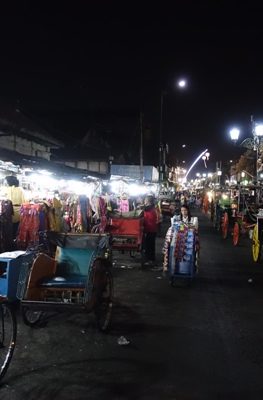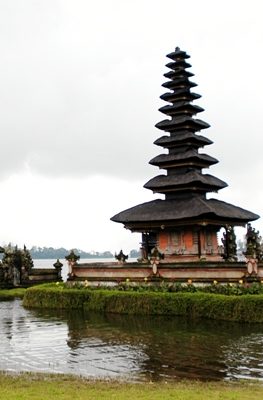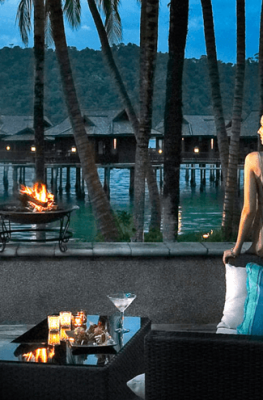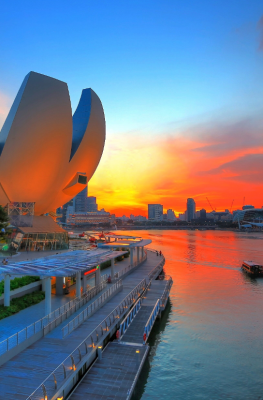Published on May 20, 2013
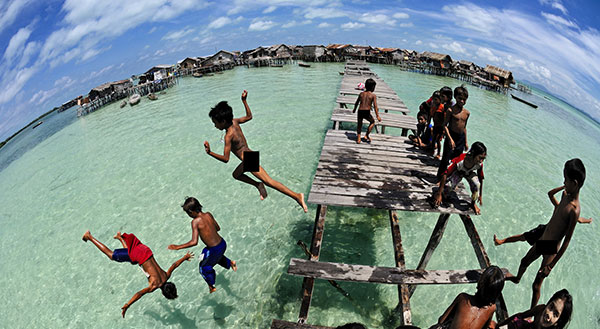
Children playing at Semporna, Sabah, Malaysia. Picture by Teoh Siang Hooi.
The sea gypsies of Myanmar and Thailand’s Andaman coast managed to escape the worst of the Boxing Day 2004 Indian Ocean tsunami. They noted the receding tide and the change in currents, recalled the stories of their ancestors, and retreated to higher ground. Coastal settlements and boats were inevitably lost but very few of their kin succumbed to the waves. Thanks to their deep intuitive understanding of the natural environment the sea gypsies survived that terrible day, just as they have survived centuries of geopolitical ebb and flow.
Widely dispersed throughout Southeast Asia, from the Philippines in the east to Myanmar in the west, sea gypsies have for generations lived on the edge of mainstream society, subsisting off the riches of the sea, islands, and coastal fringes.
According to Wikipedia, sea gypsies may refer to any of several groups in the ASEAN region: the Bajau, an indigenous ethnic group in Malaysian Borneo, Brunei, Indonesia, and the Philippines; the Morgen or Moken, who inhabit the coast and islands of the Andaman Sea in Myanmar and on the west coast of Thailand, and the Salon of Myanmar’s Mergui Archipelago (pictured below); the Orang Laut, a group of ethnic Malay people living in Indonesia’s Riau Archipelago south of Singapore; and the Urak Lawoi, the coastal dwellers of Thailand. Sea gypsies may also refer to the Tanka, a Han ethnic sub-group that live on boats in southern China.
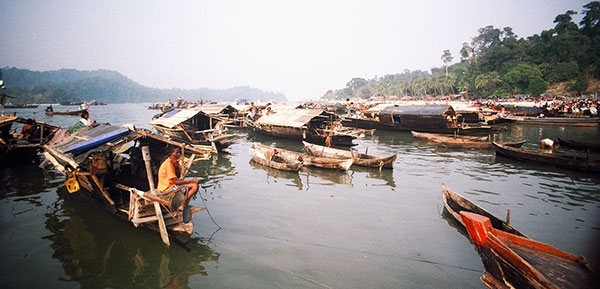
Today sea gypsies maintain to varying degrees their traditional ways of life, depending largely on how close they are to conurbations and contemporary influences. At one end of the scale there are those who maintain a nomadic seafaring lifestyle and eschew modernity, while many others have permanently settled on land, adopted landlubber ways, and participate fully in mainstream society.
The majority of sea gypsies have found some comfortable balance between tradition and “progress”. And it is at points along this middle ground where travellers may have the opportunity to observe, taste, and experience this fascinating culture. If you are ever invited to visit a sea gypsy village please be respectful, gracious, and tread lightly.
The following are examples of tourism products featuring some contact with sea gypsies. These are for illustration only and are not specific recommendations.
Sabah, Malaysia day tour



